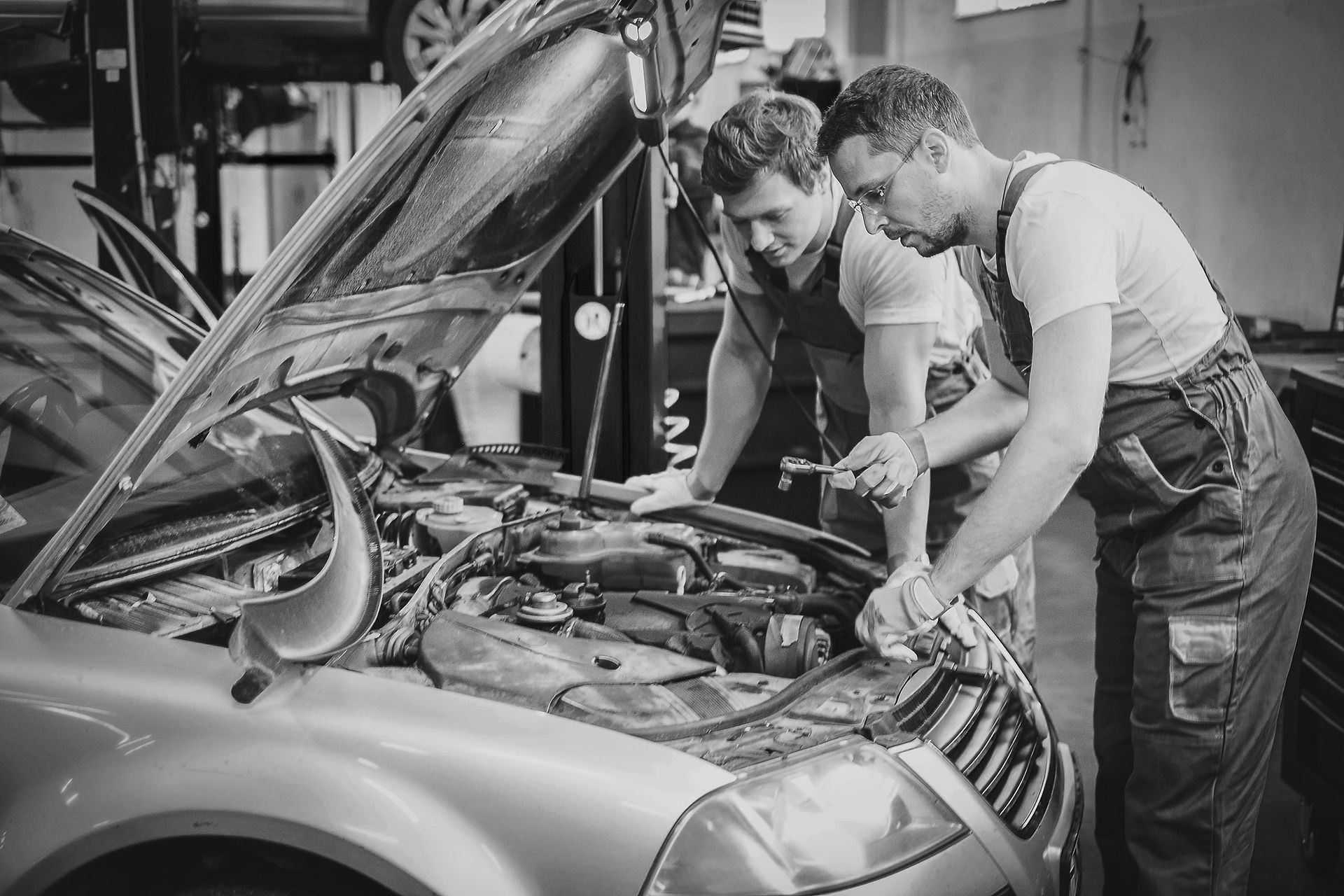Important Facts About The Importance Of Turbochargers
- Turbo Engineering

- Sep 23, 2022
- 2 min read

Turbochargers are the driving force behind your car, truck, or SUV. They are the technology that increases the boost pressure inside your vehicle and allows for more power to be produced. turbochargers Melbourne have been around for over 100 years and are still used today in nearly every type of vehicle.
Below are some of the facts about turbochargers that you might not know:
Unaltered Basic Principle
A turbocharger works by compressing air, which is then forced into the engine. The amount of power generated by a turbocharged engine is increased by a ratio of 1.3 to 1.5 compared to non-turbocharged engines, according to one research.
This means that for every pound of air flowing through an engine it will have increased horsepower by 1.3 to 1.5 times when compared with non-turbocharged engines that have similar displacement and horsepower ratings.
Almost 300,000 Revolutions
Turbochargers Melbourne spin at extremely high speeds, up to 250,000 rpm in some cases. That’s almost 300,000 revolutions per minute! Most engines can only rev up to around 8,000 rpm or so before they start to “ping” and lose power.
This extreme speed allows turbochargers to increase the pressure in the engine by compressing air that would otherwise be released out of the exhaust pipe into a smaller space where it will be forced back into the engine’s combustion chambers (or cylinders).
This extra flow of compressed air helps boost power while also reducing fuel consumption and emissions in certain vehicles such as hybrid cars and small commuter vehicles.

Electrochemical Benefits
Unlike a conventional engine, in which air is drawn into the combustion chamber and compressed by pistons moving up and down, a turbocharged engine uses energy from exhaust gases to compress air.
A turbocharger contains two sets of fans: one rotating at speeds up to 150,000 rpm (revolutions per minute), and another that’s stationary. As exhaust flows past these fans at high speed, it creates pressure that forces more air into the engine for greater fuel efficiency and power output.
Future Challenges
As turbochargers continue to evolve, new challenges and opportunities will arise. For example, in order to meet the needs of tomorrow’s vehicles, turbochargers must become more efficient.
This means that they must be capable of providing more power at lower speeds while also reducing fuel consumption and emissions through a higher compression ratio (more air per combustion cycle).
Conclusion
We have accomplished our goal of providing you with facts about the importance of turbos. Now that you know more about the topic, we hope that you will be able to make better decisions and decisions in your future!




Comments